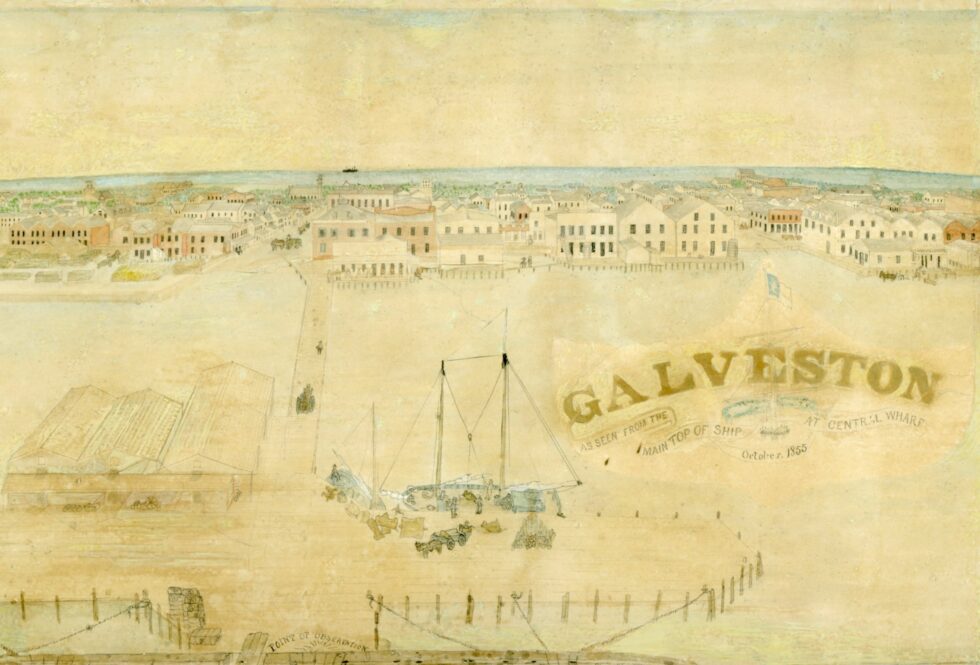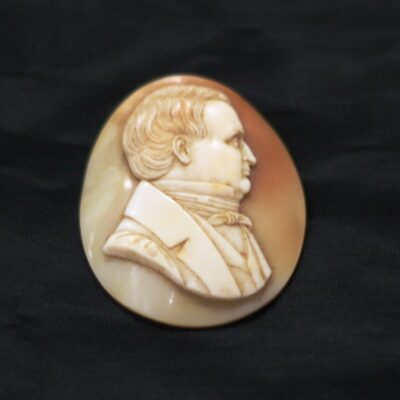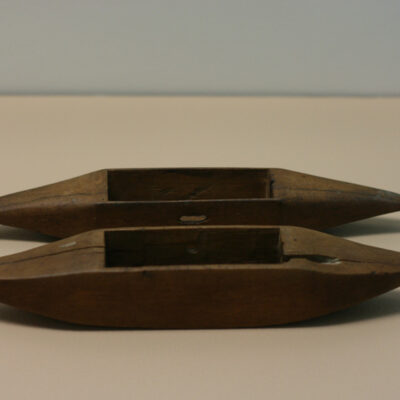
Rosenberg Library proudly announced Galveston Before the Civil War, which featured an assemblage of historic artifacts and archival images from the island’s antebellum period.

“With the City of Galveston turning 175 in 2014, we thought it would be a great opportunity to develop an exhibit which focused on Galveston’s earliest years,” explains Curator Eleanor Barton. “The period between the 1830s to the 1850s is not as well documented as the years during and following the Civil War. Our research yielded some surprising facts about the island’s residents, its architecture, and even its landscape which has changed considerably over the last 175 years.”

Travel diaries offer some of the best insight into life in early Galveston. One such account is that of Charles Hooton, an English novelist who came to Galveston in 1840 (one year after the city was officially incorporated). In an obscure book entitled St. Luis’ Isle, or Texiana Hooton describes the series of long, wooden wharves which projected into the bay from the downtown waterfront. The elaborate Victorian architecture that Galveston is so well known for today did not exist in the 1830s and 1840s. Commercial structures, public buildings, and residences were for the most part simple frame edifices painted white. Streets were unpaved with deep ditches cut along the sides for drainage.
The Strand, Galveston’s principal thoroughfare in the business district, was deemed “hot and sandy” and the abundance of stores was characterized as “a series of modern museums.” Hooton was impressed with the range of goods available in these early mercantile firms, noting that one could buy French silks, Yankee clocks, fine wine, Colt’s pistols, and bacon all in one stop. Among his complaints were the shortage of fresh drinking water, the aggressive mosquitos, and the overwhelming number of pigs which roamed freely around the island.

There were approximately 2,000 – 3,000 people living on the island by 1840. The Tremont Hotel was the center of social life, and the city’s open-air market sold fresh meat, fish, and produce seven days a week. Several religious denominations had established churches, and a small, one-story hospital had been erected about a mile and a half from the settled areas of town. Children from wealthy families attended private schools on the island, but city officials did not institute a successful public school system until after the Civil War.
By the late 1850s, enslaved African Americans accounted for approximately 17% of Galveston’s total population. These urban slaves worked as cotton screwmen and dockworkers or as domestic laborers in homes. Slaves also staffed local hotels and restaurants working as maids and cooks.
Topics explored in the exhibit included city governance, antebellum architecture, domestic life, religion, medical care, education, and slavery. Rarely exhibited historic artifacts and paintings were featured in the display, including portraits of some of Galveston’s earliest residents.
Galveston Before the Civil War was dedicated to the memory of Dr. E. Burke Evans (1921 – 2012) and was sponsored by the Friends of Rosenberg Library.